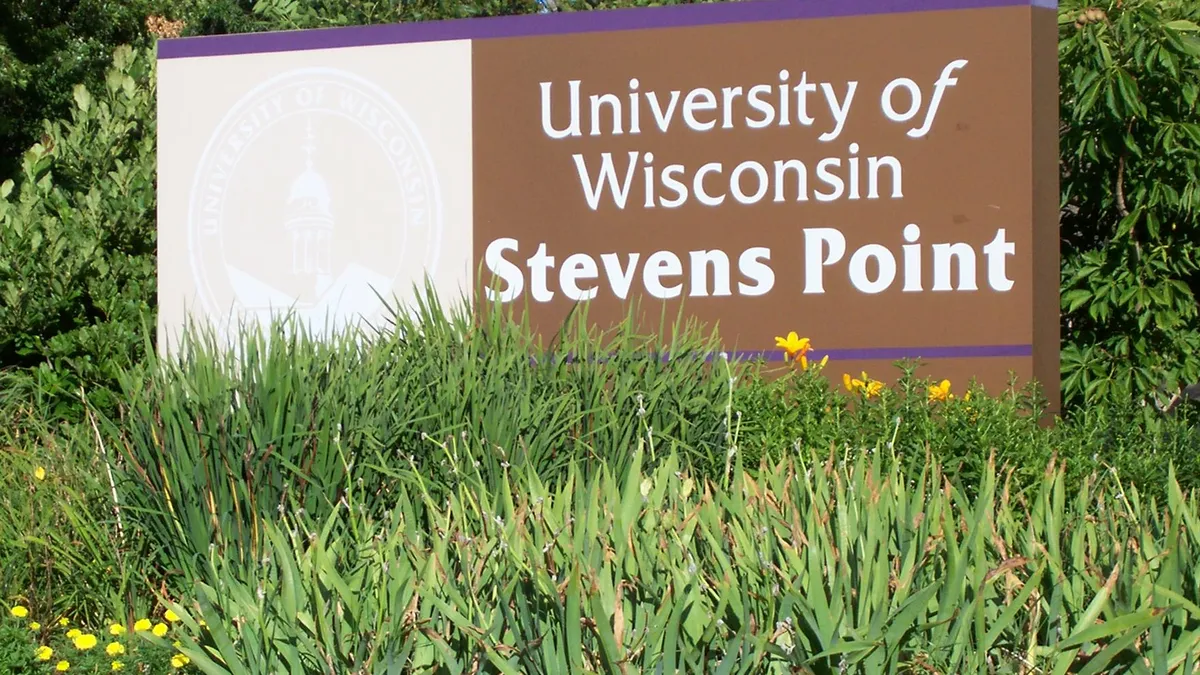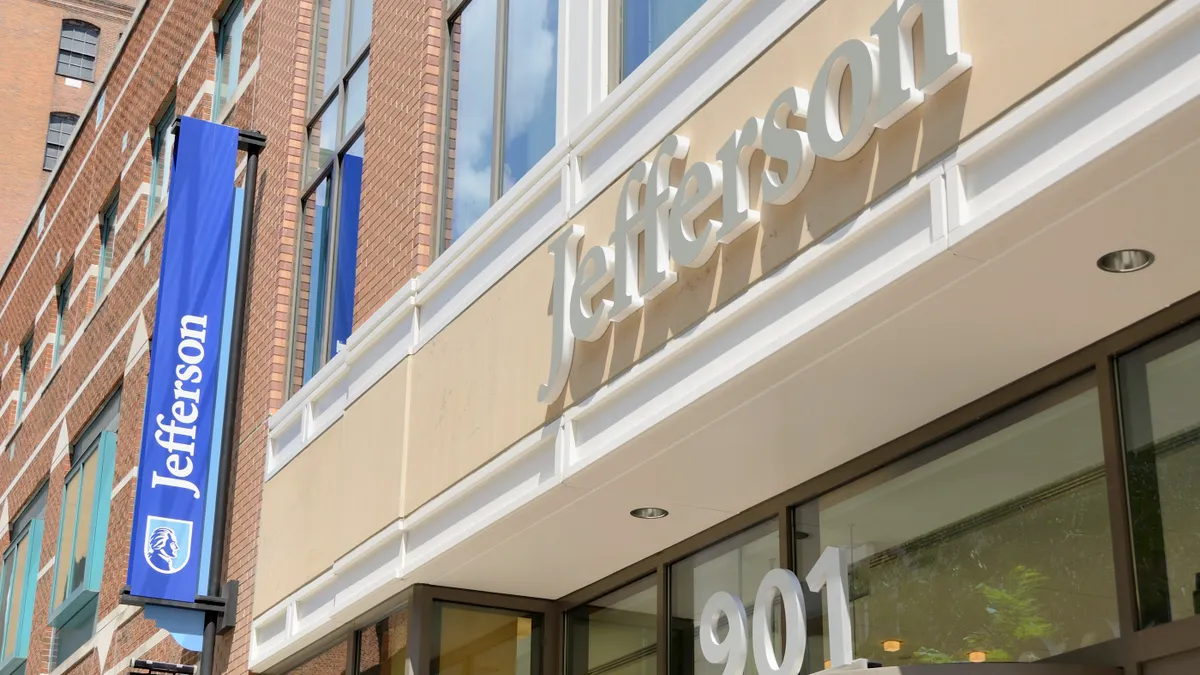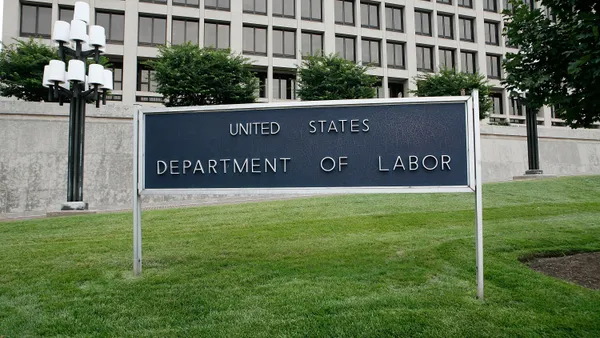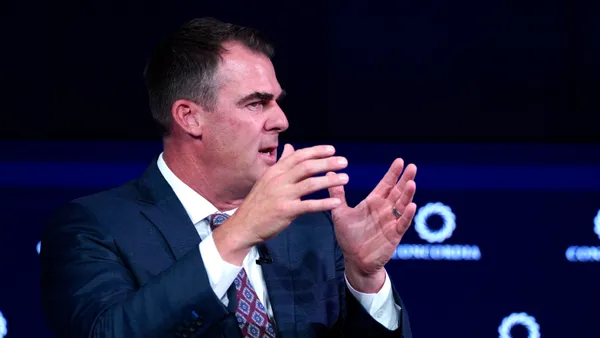Dive Brief:
- The University of Wisconsin-Stevens Point is reversing a controversial downsizing plan announced in November that would have eliminated 13 majors and squeezed its humanities offerings. Instead, it hopes to restructure the programs to be more interdisciplinary and workforce-oriented, according to the Milwaukee Journal Sentinel.
- Around two dozen faculty resignations and retirements in the wake of the initial news helped to avoid the cuts, which themselves were brought on by slumping enrollment and a projected $8 million budget deficit.
- Plans to restructure the curriculum include tying the history degree — one of the proposed cuts — to the university's School of Education and other degree tracks, and as well as adding a design school.
Dive Insight:
UW-Stevens Point's plan to streamline its curriculum and broaden its reach reflects a pattern familiar in the last decade on large campuses hoping to keep their offerings current and themselves fiscally sound, as well as at small colleges that are often making a bid for survival.
A larger-scale restructuring is underway within the U of Wisconsin System, which will bring a pair of two-year colleges under UW-Stevens Point as branch campuses. The systemwide overhaul reached key milestones recently with final approval from its accreditor and signoff on a transfer policy among the colleges.
Liberal arts programs, as in the case of UW-Stevens Point, are often seen as places where institutions can cut due to lower levels of student interest compared to programs in newer fields like information technology and marketing, which also have more explicit links to the local and regional workforce.
Part of the backlash against the UW-Stevens Point proposal was that it positioned the liberal arts as second to STEM and professional programs. Critics of the cuts there and elsewhere argue that disciplines such as history and literature are part of the core of a well-rounded college education. Employers, too, are increasingly looking for students that have both practical and higher-order skills. UW-Stevens Point officials said bringing those two areas together in single degree offerings was the initial proposal's goal.
"We're trying to search for ways to better integrate the liberal-arts education that we have always provided into all of our majors," Greg Summers, provost at UW-Stevens Point, told The Atlantic in December.
Other institutions that have drawn national attention for changes that critics say unwisely cut traditional liberal arts programs include the University of Akron. Last year, the public institution in Ohio caught flak for a proposal to cut one-fifth of its degree tracks, including undergraduate programs in art history, math and physics, while growing its cybersecurity, digital communication and performing arts programs.
Earlier this year, McDaniel College, a small private liberal arts institution in Maryland, said it planned to cut five majors and two minors, including in art history, religious studies and music. In West Virginia, Wheeling Jesuit University's proposed pivot to health care, business and several other majors included laying off some liberal arts faculty members and spurred the Jesuits to drop their affiliation.
Other small colleges have framed their academic restructuring around a doubling down on the liberal arts, with reforms including the addition of interdisciplinary coursework, intensive leadership programs and study abroad requirements.













